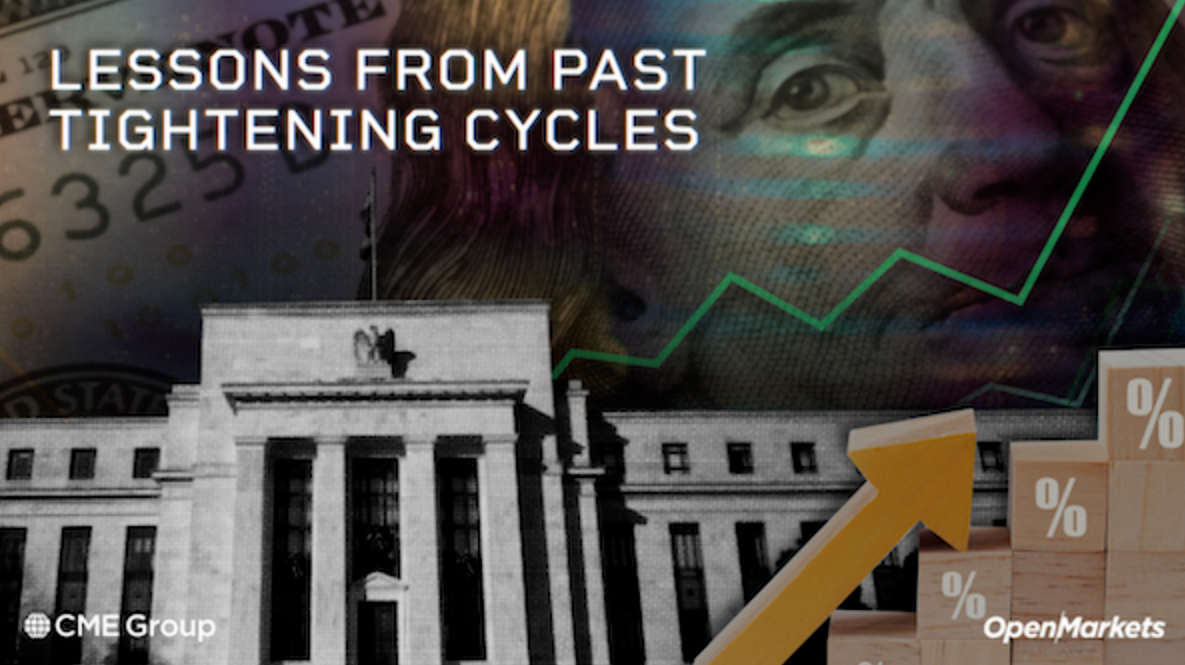27% profit every 20 days?
This is what Nic Chahine averages with his option buys. Not selling covered calls or spreads… BUYING options. Most traders don’t even have a winning percentage of 27% buying options. He has an 83% win rate. Here’s how he does it.
This post contains sponsored advertising content. This content is for informational purposes only and not intended to be investing advice.
AT-A-GLANCE
ENTER TO WIN $500 IN STOCK OR CRYPTO
Enter your email and you'll also get Benzinga's ultimate morning update AND a free $30 gift card and more!
- In each of the last three rate increase cycles, the Federal Reserve wound up hiking rates much more than traders anticipated
- With inflation near 7%, conditions could be right for another larger than expected increase in 2022
Fed Funds Futures now price four rate hikes in 2022 and three more in 2023. But how accurately have Fed Fund Futures anticipated what the central bank actually did during past rate tightening cycles?
Let’s look at the past three tightening cycles starting with the one in 1994-95. In January ‘94, investors thought that the Fed would most likely raise rates by 125 basis points to about 4.25% percent. Instead, the Fed raised over twice as much, putting rates at 6%.
Want Private Access to Benzinga Analyst?
Check out the latest strategies our team of experts are using every week so that you can always adapt to the market like the pros!—Get FULL Access to This Week's Webinar Here.
Fast forward a decade to 2004 when investors thought the Fed would most likely hike rates from 1% to 4% by mid-2006. But the Fed went further, hiking rates to 5.25% by June ‘06.
Finally, late 2015 markets thought that the Fed would hike slowly and steadily until it got to around 1 5/8% by the end of 2018. That time the Fed hiked more slowly than expected in 2016 but then did much more than expected in 2017 and ‘18, bring rates to 2 3/8%.
All three times, the Fed wound up hiking much more than traders initially anticipated. There are both upside and downside risks to the current scenario in pricing Fed Funds futures. But with inflation at 7% and unemployment below 4%, it’s difficult to exclude a scenario in which the Fed once again raises rates more than investors anticipate.
This post contains sponsored advertising content. This content is for informational purposes only and not intended to be investing advice.
27% profit every 20 days?
This is what Nic Chahine averages with his option buys. Not selling covered calls or spreads… BUYING options. Most traders don’t even have a winning percentage of 27% buying options. He has an 83% win rate. Here’s how he does it.
